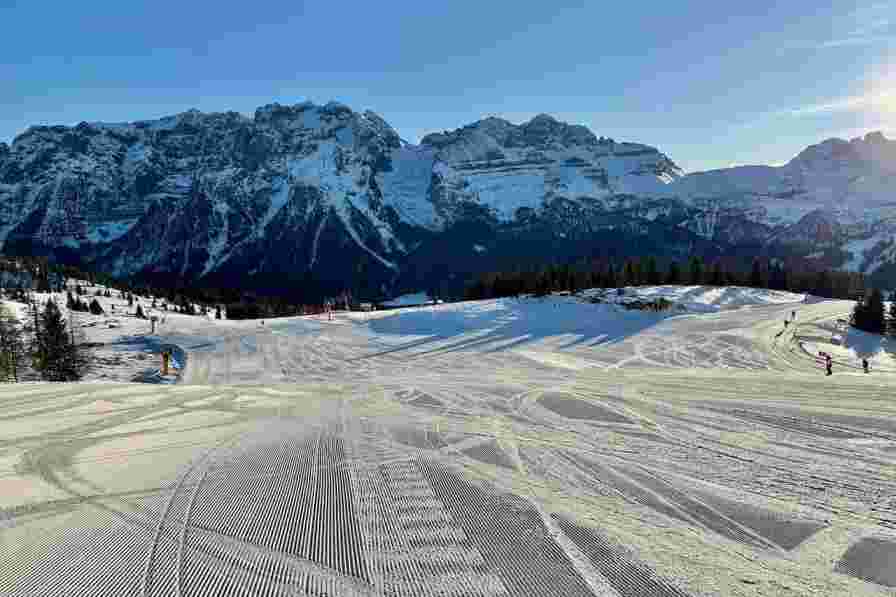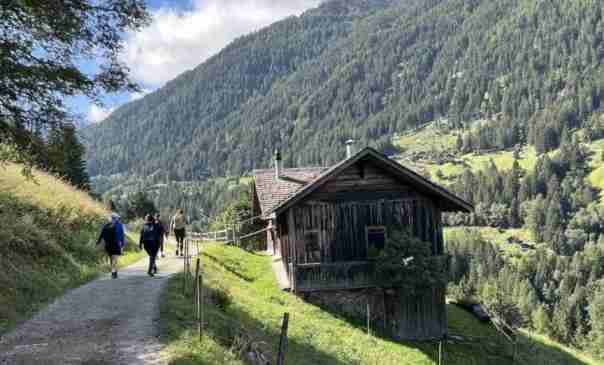Ravenna, once the capital of the Western Roman Empire, is home to eight UNESCO World Heritage sites, plus the newly established Byron Museum.
Located in the northeastern region of Italy, Ravenna is a treasure trove of history, art, and culture. Often called the “City of Mosaics,” it is renowned for its exceptional Byzantine art. With eight UNESCO World Heritage sites, the city boasts incredible architectural and cultural gems.

Ravenna’s golden era began in 402 AD, when Emperor Honorius moved the capital of the Western Roman Empire from Milan to Ravenna. Its strategic position near the Adriatic Sea, surrounded by marshlands, made it easily defensible. Over time, the city became the center of the Ostrogoth Kingdom and an important part of the Byzantine Empire.
Not only is the city historically significant, but it’s also been the home of renowned literary figures. Dante Alighieri, author of The Divine Comedy, spent his final years in Ravenna and was buried there in 1321. Lord George Gordon Byron, the famous English romantic poet, arrived in 1819 during his self-imposed exile. A newly opened museum at the Palazzo Guiccioli, where Byron resided, now honors his memory.
Byron Museum
The Byron Museum, located in a beautifully restored building, serves as a tribute to the poet’s life and works. Using state-of-the-art technology, the museum offers interactive displays, audio guides, and videos to transport visitors back to the 19th century. It chronicles Byron’s life—from his aristocratic beginnings in England to his time in Italy and his heroic death in Greece. The museum highlights his rise to fame through works like Childe Harold’s Pilgrimage and Don Juan. Byron’s passionate affair with Teresa Guiccioli brought him to Ravenna, and some of her personal mementos, including romantic jewels, locks of hair, and even a fragment of Byron’s skin, are on display.
Byron was more than just a poet; he was an advocate for liberty and justice. The museum also delves into his involvement in the Italian Risorgimento and his fight for Greek independence. Recently uncovered frescoes in what was Byron’s study offer further insight into his life and ideals.
Tomb of Dante
Byron greatly admired Dante Alighieri, and his final resting place is also in Ravenna. The tomb, built between 1780 and 1782 by Camillo Morigia, is located near the Basilica of San Francesco. Inside, visitors will find a bass-relief by Pietro Lombardo dating back to 1483. Nearby, there’s the Dante Museum, located within the Franciscan cloisters.
Pine Forest of Classe
Byron frequently rode through the Pine Forest of Classe, an inspiration for Dante’s Divine Comedy. This tranquil natural retreat, located just outside the city, offers visitors a chance to experience the same sense of freedom and serenity Byron enjoyed. The forest’s atmospheric trails can be explored on foot or by bicycle.
Classis Ravenna – Museum of the City and of the Territory
Located in the former sugar factory of Classe, this museum presents the history of Ravenna from its Etruscan and Umbrian roots to its Roman, Gothic, and Byzantine past. The museum showcases impressive ceramics, pottery, weaponry, and mosaics, offering a comprehensive look at the city’s evolution.
UNESCO World Heritage Sites
Ravenna is renowned for its early Christian and Byzantine architecture, celebrated for its extraordinary mosaics. The craftsmanship, vibrancy, and detail of these mosaics are unparalleled. Visitors can even learn the art of mosaic making at Koko Mosaico.
Basilica of San Vitale
One of Ravenna’s most iconic monuments, the Basilica of San Vitale is a masterpiece of Byzantine art. Completed in 548 AD, its dazzling mosaics depict biblical scenes, imperial portraits, and intricate geometric patterns. The mosaics of Emperor Justinian and Empress Theodora, surrounded by their courtiers, provide a glimpse into the grandeur of the Byzantine court.
Mausoleum of Galla Placidia
Near the Basilica of San Vitale, the Mausoleum of Galla Placidia boasts some of the oldest mosaics, dating back to the 5th century. Inside, the ceiling is adorned with a starry sky mosaic symbolizing eternity and divine promise. The rich blue hues contrast beautifully with the sunlight filtering through alabaster windows.
Basilica of Sant’Apollinare Nuovo
Built in the 6th century as a palace church for the Ostrogoth King Theodoric, the Basilica of Sant’Apollinare Nuovo features exquisite mosaics depicting scenes from the life of Christ, as well as processions of saints and martyrs. The blending of Gothic and Byzantine styles reflects Ravenna’s diverse cultural influences.
Basilica of Sant’Apollinare in Classe
Located outside the city, in the former port town of Classe, this basilica features a breathtaking mosaic in the apse. It depicts Sant’Apollinare, Ravenna’s first bishop, standing amidst a lush landscape with sheep, birds, and trees, while the sky above holds a cross with Christ’s face at its center.


